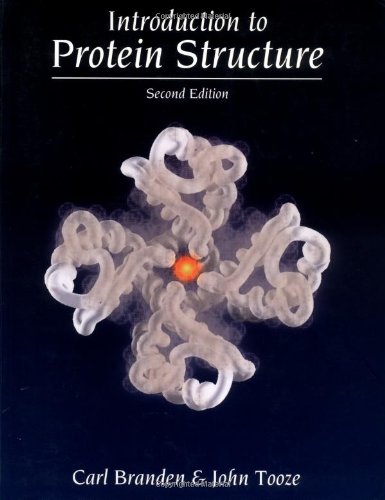Introduction to Protein Structure book
Par bean erma le mercredi, avril 5 2017, 16:56 - Lien permanent
Introduction to Protein Structure. Carl Branden, John Tooze

Introduction.to.Protein.Structure.pdf
ISBN: 0815323050,9780815323051 | 415 pages | 11 Mb

Introduction to Protein Structure Carl Branden, John Tooze
Publisher: Taylor & Francis
The (interdependent) structural and evolutionary definitions of protein domains given above have been used to produce systematic hierarchical taxonomies of domains that combine information about shapes, functions and sequences [10,11]. Subsequent functional annotation shows that representatives of the ten .. As an illustrative tool broadens the readership of the manuscript. Reconstruction of additive trees. Furthermore, replacing Trp-248 with a smaller aromatic amino acid (Tyr/Phe) impaired the β-arrestin recruitment, yet with maintained G protein activity (biased signaling); also, here aplaviroc switched to a full agonist. Our analysis reveals a structural expansion of translation proteins immediately following the RNA world and well before the establishment of the DNA genome. Which gives its identity to a protein is the set of side chains of the proteinogenic amino acids the component. Utilizing a biochemical approach, such as limited proteolysis coupled to N-terminal sequencing or mass spectrometry, can yield empirical information from the yet unknown protein structure. The protein structure-function paradigm has been believed as a dogma in the 20th century. Due to six genotypes and their variability, HCV vaccine development has always been a challenge and for this, structural and non- structural proteins are being targeted to develop an effective vaccine. It is therefore easy to understand that the axial skeleton is non-specific protein but it is a common structure. We have altered the introduction to both eliminate any confusion over the credit for this model and acknowledge that other models for the origin of the genetic system have been proposed. The equilibrium state of CCR5 is manipulated here toward either activation or inactivation by introduction of single amino acid substitutions in the transmembrane domains (TMs) 6 and 7. Approximating additive metrics.